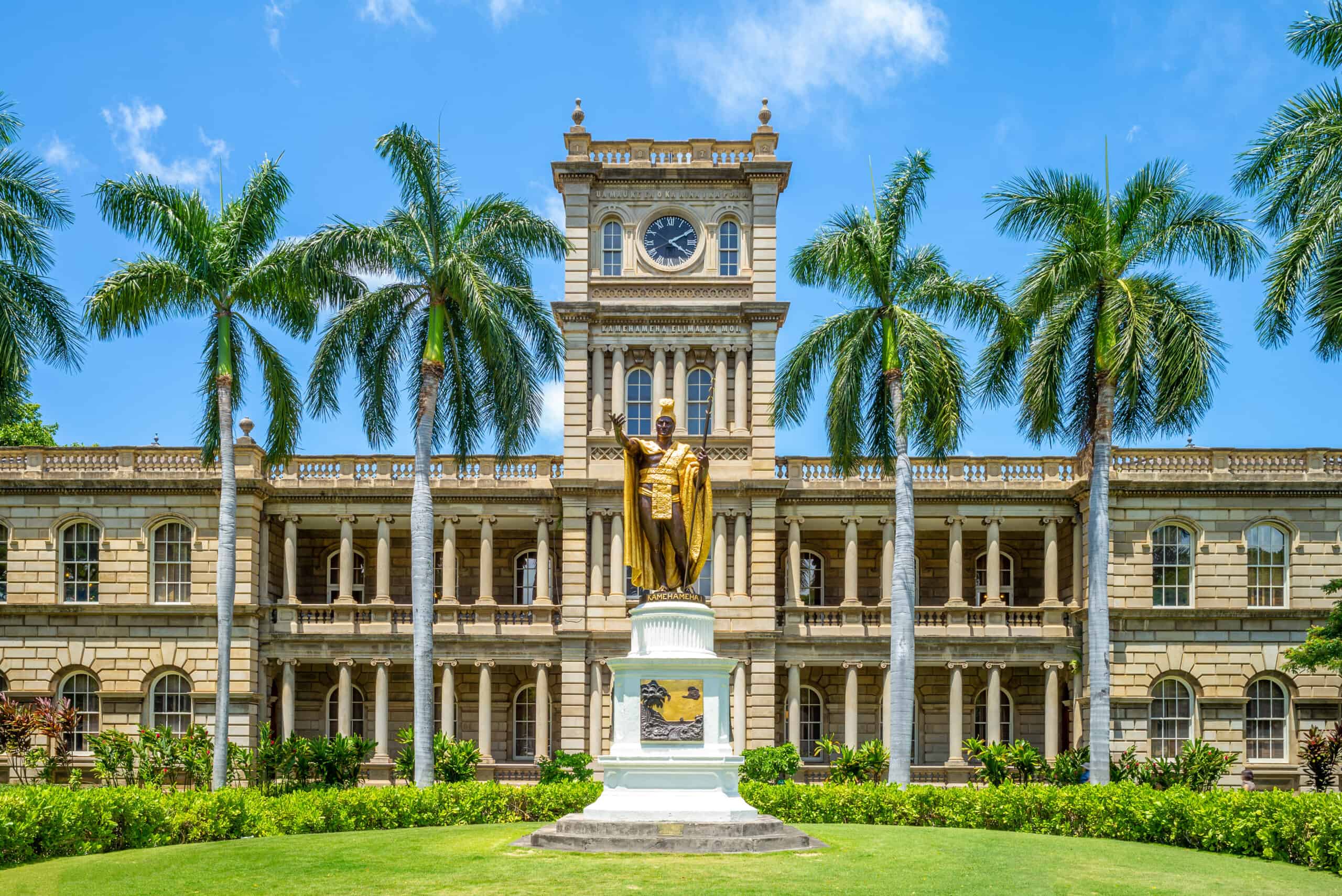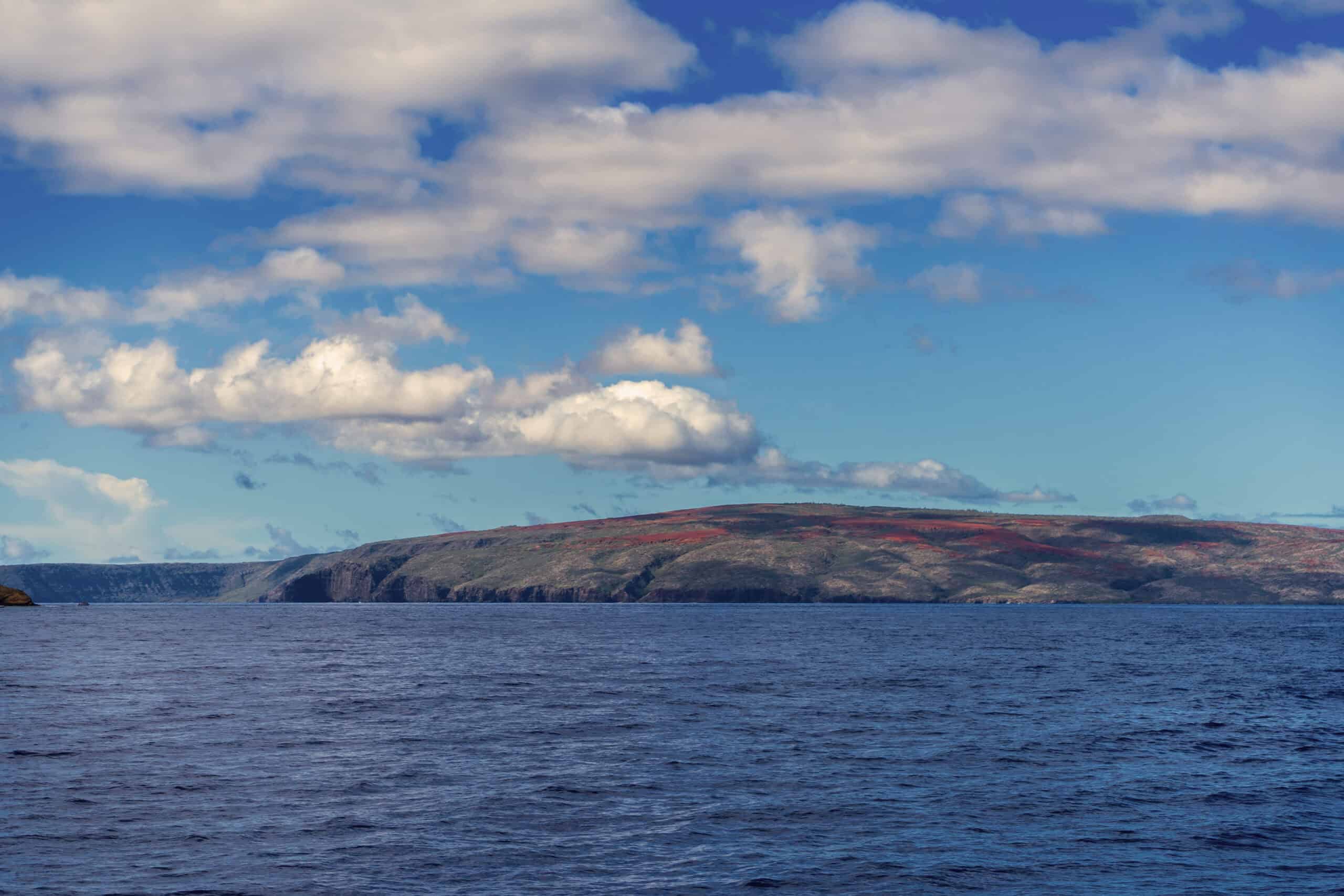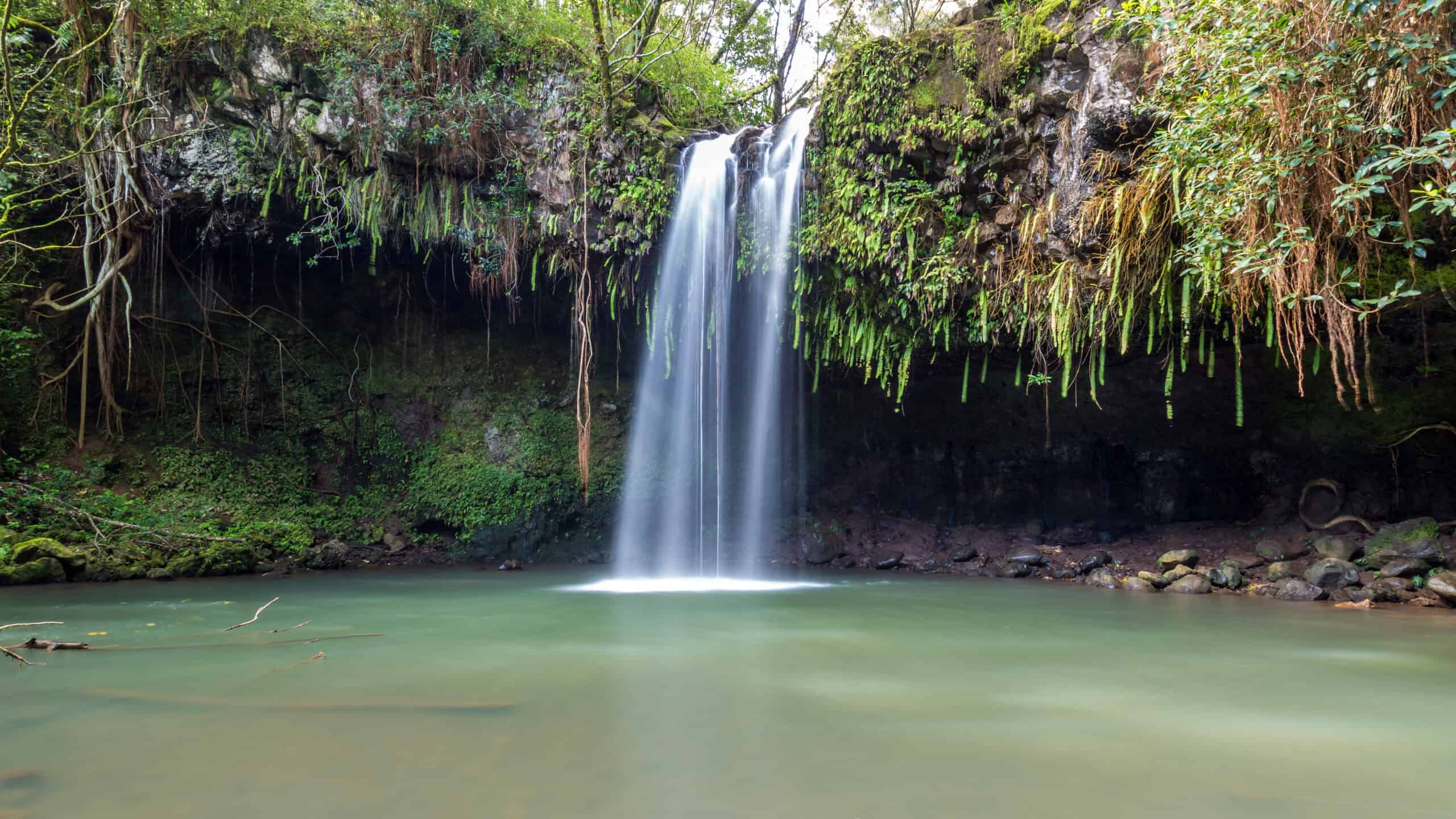Tucked away on Maui’s eastern coast is a natural wonder not many visitors know about. It’s called Waiʻānapanapa State Park, and it’s a truly unique experience. Known for its black sand beach, lava caves, historic sites, and fun activities, this park is a must-visit when you’re with us on Maui. In Hawaiian, Waiʻānapanapa means “glistening water,” the perfect name for such a beautiful place.
We hope everyone who visits Maui chooses to spend at least one day at Waiʻānapanapa State Park. This guide will not only highlight the beauty and adventure that lies within, but will also provide important information around permits, hours, and safety.
The Cultural and Historical Significance
The land of Waiʻānapanapa State Park was used by early Hawaiians to cultivate crops, like kalo (taro) and ʻuala (sweet potato). Fertile volcanic soil made this environment rich for crop growth. As you explore the state park, evidence of their ancient presence represents itself with remnants of house sites, burial grounds, and heiau (temples), sacred sites for religious ceremonies. You’ll also find the King’s Trail, built by the high chief Kihaapiʻilani so royalty and messengers could more easily navigate the area, and ultimately, the island.
There is a captivating but tragic legend surrounding Waiʻānapanapa State Park about a princess named Popoʻalaea. In efforts to flee her abusive husband, she sought refuge in a cave. Her husband, fueled by jealousy and rage, found her hiding in the cave and took her life. The water pools found in park caves are home to an endemic species of ʻopaeʻula (red shrimp). Some believe the shrimp represent the blood of Princess Popoʻalaea. Although this legend is tragic, it represents the strong cultural ties that exist on our island.
Natural Wonders of Waiʻānapanapa State Park
Paʻiloa Beach
Paʻiloa Beach is famous for having some of the most beautiful black sand. Waves have broken down basalt lava rock over time and this erosion has led to its distinct black color. Visitors enjoy wading into shallow water, exploring nearby caves, or simply relaxing in the sun.
Waiʻānapanapa Sea Caves
In a tremendous display of nature’s power, these sea caves have formed over centuries of waves crashing against the lava rocks. The result is these amazing hollow formations and hidden chambers. There are a variety of sea caves to explore, including the cave at Paʻiloa Beach, the caves along the Pā Kaʻoao Trail, and the caves with anchialine pools—home to the ʻopaeʻula (red shrimp)—further inland.
Ke Ala Loa O Maui/Piilani Trail
This trail has a long history of once being a major route for travel and communication across Maui. Today, this trail offers great views of the coast and the surrounding natural landscape. With some elevation changes and areas of uneven footing, hiking this trail will pose moderate difficulty.
Activities to Enjoy at Waiʻānapanapa
Beachgoing & Swimming
Spending a day at Paʻiloa Beach can be a great way to relax. Many people find sunbathing a unique experience given Paʻiloa’s black sand, while others enjoy exploring the shoreline or photographing the surrounding nature. You can swim but there are some important things to know. Ocean currents may get fairly strong and waves can unexpectedly break. Because there is no lifeguard on duty, it’s important to be aware of your surroundings if you do choose to swim.
Fishing
Waiʻānapanapa State Park allows shore fishing in designated areas. Anglers will likely reel in a variety of ulaʻula koaʻe (snapper), ulua (crevalle jack), and even heʻe (octopus). While fishing is a fun and allowed activity, please be aware of Hawaiʻi’s fishing regulations and have any necessary licenses before fishing in the park.
Camping
Camping in Waiʻānapanapa State Park is very popular but it’s important to know that you need a permit to do so. Tents and campervans have designated areas. Permits cost $20 per night for residents and $30 per night for non-residents. You are also able to rent cabins but reservations must be made at least seven days in advance. Resident cabin fees are $70 per night and non-residents pay $100 per night.
Visitor Information
Parking & Entry
The park is open from 7am to 6pm daily, and you do need a reservation to enter the park. (You can check out the Hawaii State Parks reservation page here.)
Entrance fees are:
- Free for Hawaiʻi residents with a drivers license or ID
- $5 per person for non-residents
- Free for children three-years old and younger
Regarding parking fees, there are multiple options for both non-commercial and commercial vehicles. For non-commercial vehicles, residents are free with a Hawaiʻi ID or driver’s license, and non-residents pay $10 per vehicle. Commercial vehicles pay based on the following number of people:
- $25 for 1-7 passenger vehicles
- $50 for 8-25 passenger vehicles
- $90 for 26+ passenger vehicles
Public Facilities
According to the Department of Land and Natural Resources Division of State Parks, the following facilities are available when you enter Waiʻānapana State Park:
- Campsites
- Lodging
- Picnic tables
- Restrooms
- Showers
- Trash Cans
- Walking Path
- Water Fountain
- Scenic Viewpoint
There are also ADA accessible facilities at the park.
Park Rules and Guidelines
Like all state parks, there are rules and guidelines that all visitors must follow. The park does not allow animals or pets, alcohol, smoking, or commercial activities. For us, conserving our beautiful island is so important which is why we all work together to be mindful of trash, respect wildlife, and protect our fragile ecosystems by staying in permitted areas. It’s our collective effort that makes Waiʻānapana State Park a staple natural wonder on Maui.
When traveling to Maui there will never be a shortage of things and places to see. Make sure you’re always abiding by local and cultural laws when exploring the natural beauty of Maui and most importantly, relax! That’s what you came to do after all.

